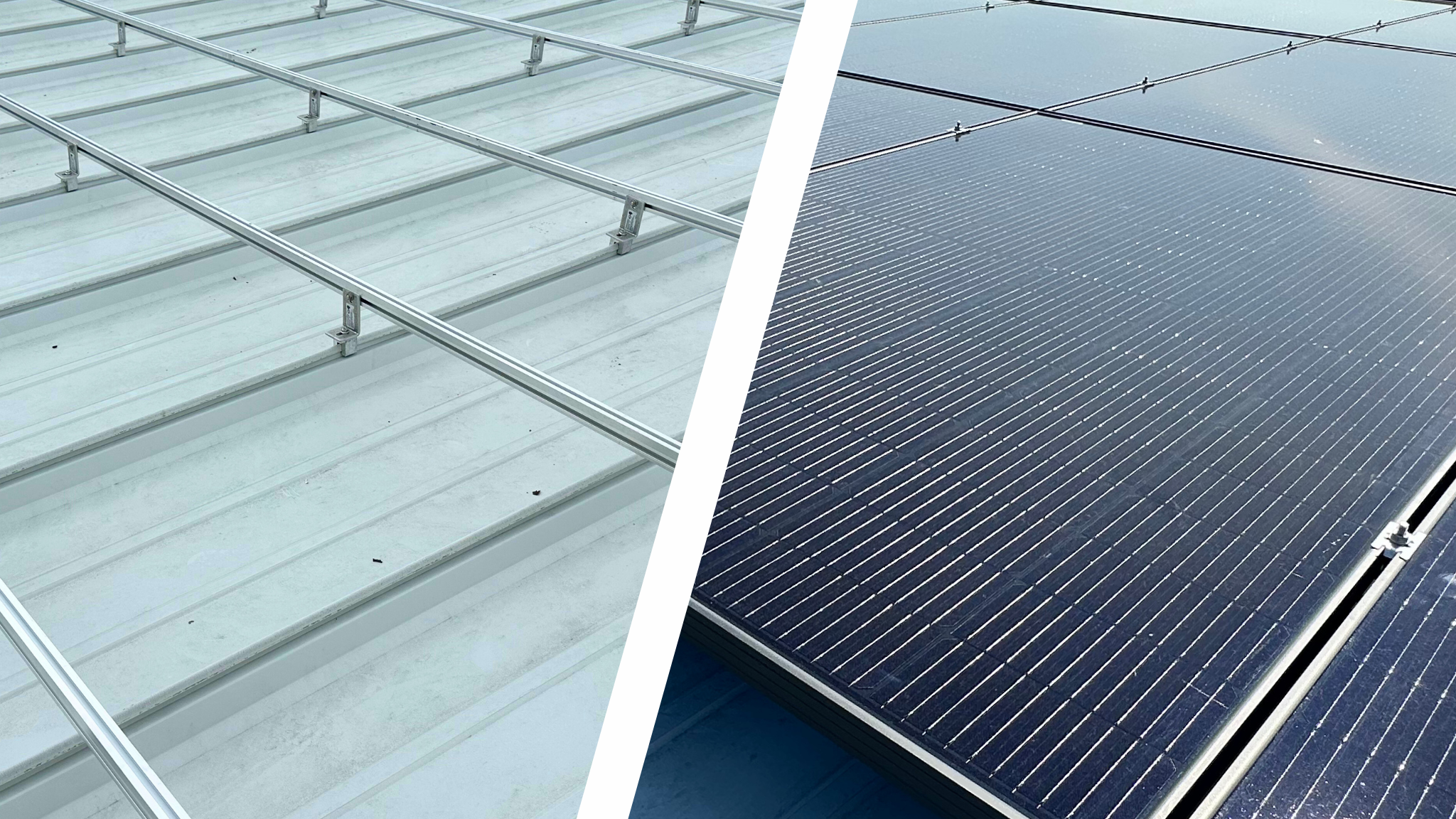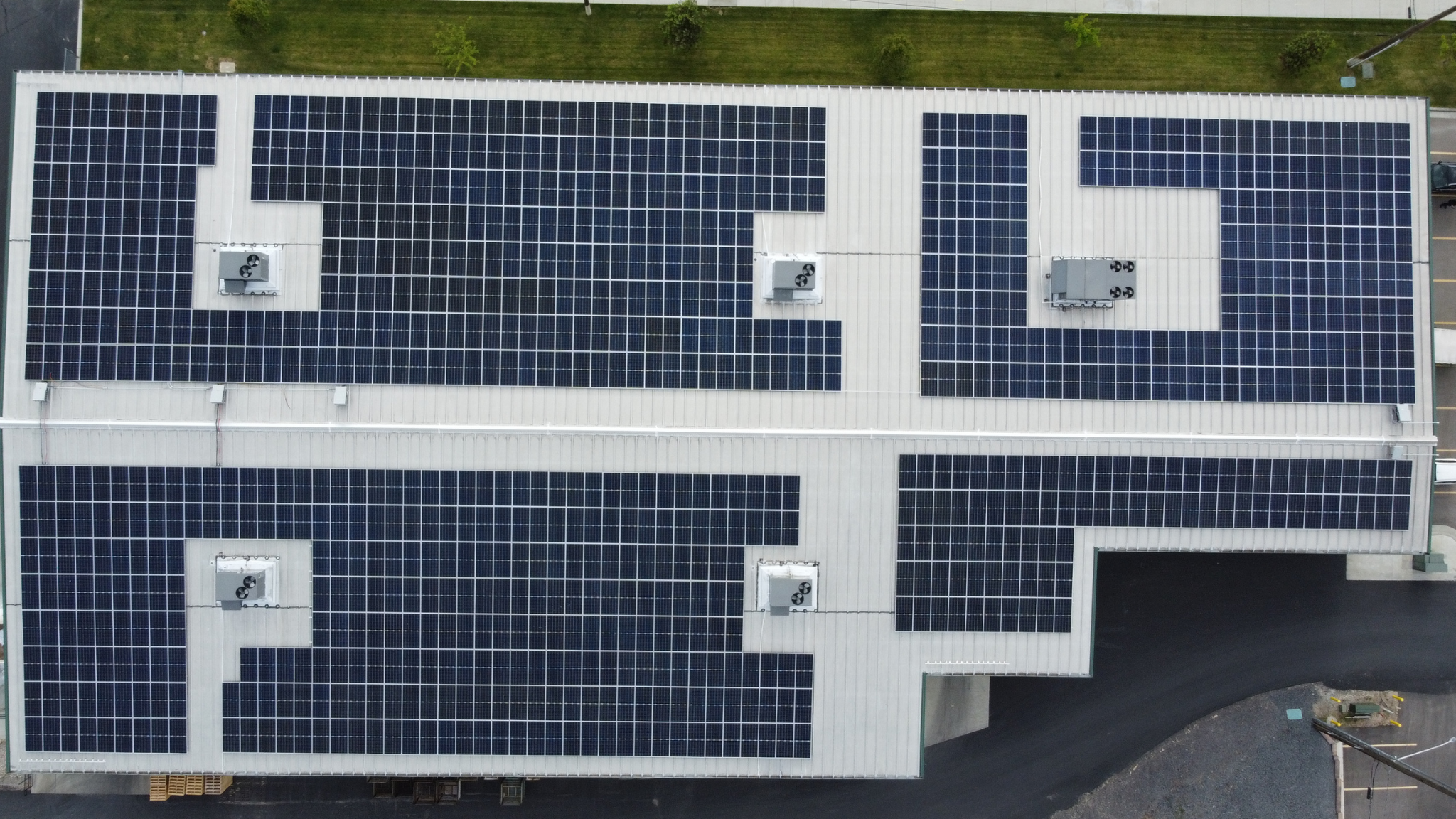Along with rebates, grants, and electric savings, tax incentives impact the savings and the ROI a solar photovoltaic installation can provide a business. This short summary of solar tax incentives is a general explanation of the available credits for business.
Business Energy Investment Tax Credit (ITC)
In 2020, businesses that install solar photovoltaic (PV) systems are eligible to receive a tax credit in the amount of 26% of the total PV system cost. Unlike tax deductions, this tax credit can be used to directly offset your tax liability dollar for dollar. Plus, if your tax credit exceeds your tax liability you can roll the credit into future tax periods for 20 years.
However, this tax credit is due to step down as explained by Solar Energy Industries Association. In 2021, it will reduce to 22%, and in 2022 it will reduce to 10% for commercial, making 2020 the best year to reinvest in your business the money that you’d otherwise send to Uncle Sam.
Federal – 100% bonus depreciation (Tax Reform Bill)
The Tax Reform Bill modifies bonus depreciation under Code Section 168(k) to allow 100% expensing for property placed in service after September 27, 2017 and before January 1, 2023. By increasing bonus depreciation to 100 percent, the new tax bill essentially allows eligible entities to deduct the entire allowable tax basis of the system in the first year of operation. Under the federal Modified Cost Recovery System (MACRS), businesses may recover investments in certain property through depreciation deductions. MACRS establishes a lifespan for various types of property over which the property may be depreciated. For PV systems, the taxable basis of the equipment must be reduced by 50% of any federal tax credits associated with the system.
Let’s use a round figure example of $100,000 solar array cost. You would reduce the bases for calculating this depreciation by half of the 26% tax credit, which is 13%. For this example you use the bases of calculation at $87,000. Then we use 35% depreciation rate in general examples, but the depreciation percent used should be based on your specific tax rate.
State – 100% depreciation
The Tax Reform Bill modifies bonus depreciation under Code Section 168(k) to allow 100% expensing for property placed in service after September 27, 2017 and before January 1, 2023. By increasing bonus depreciation to 100 percent, the new tax bill essentially allows eligible entities to deduct the entire allowable tax basis of the system in the first year of operation. This is calculated in our examples at 6%.
Other incentives may apply also
This is just general explanation of the available tax incentives. Grants, Rebates, Tax Credits, and SREC’s depend upon several factors, but are worth exploring with someone like us familiar with the qualifications to see what is available to you. It is strongly recommended that you verify any figures provided with a tax professional that is familiar with your specific tax situation. But because of additional tax incentives, businesses find with all savings combined, their solar installation may see a payback period in a matter of just a few short years, a fraction of the time residential installations often see.
For your free analysis of solar costs and savings for your business, school, or municipal, contact Artisun Solar for a no obligation solar review.





